Search
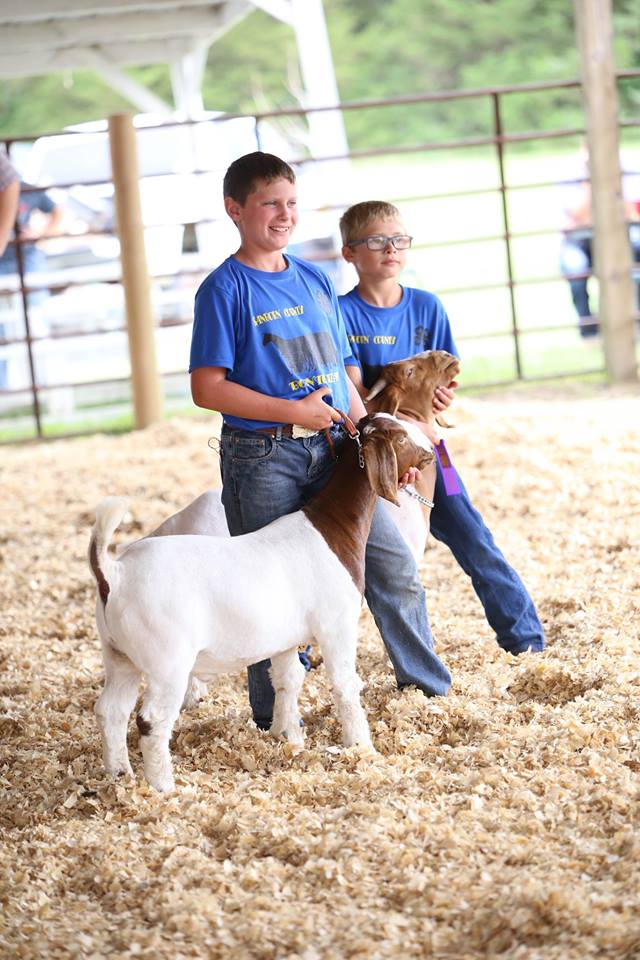
4-H Youth Experience in Animal Projects – Purposes
4-H Youth Development must place an importance on developing “youth experience” versus “contest participation and competition."
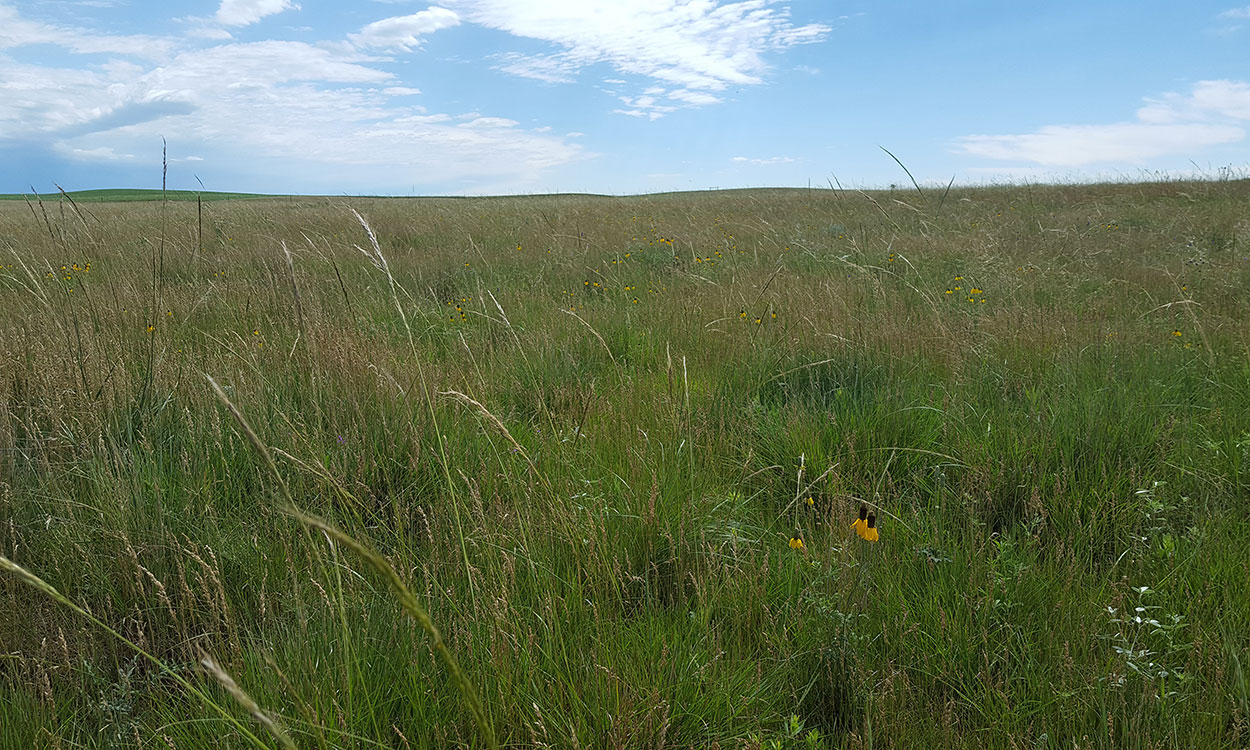
Grassland Fertilization: Ecology
In the first article in this series, we discussed basic terminology and economics. This article focuses on the ecological impacts of fertilization in various grassland plant communities, including native rangelands and prairies.
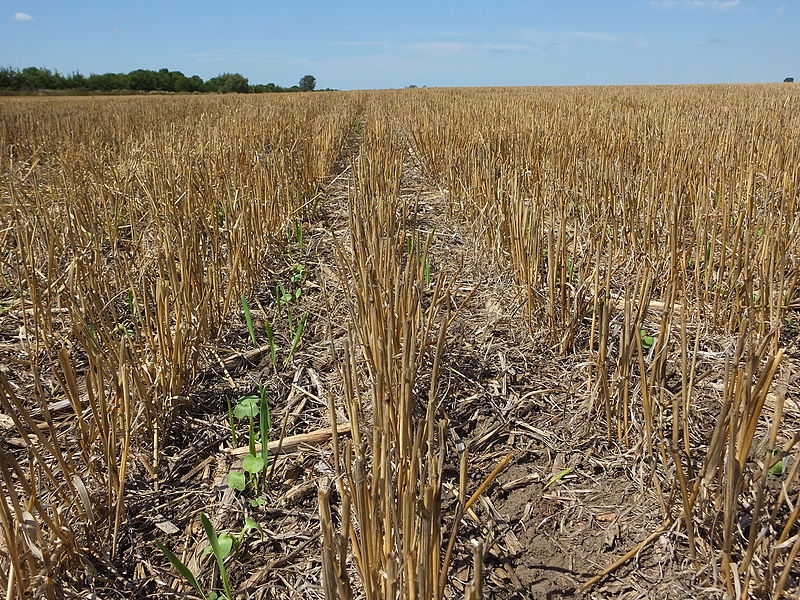
Cover Crop Adoption: Farmers’ perceived benefits & barriers
Cover crops are generally defined as crops planted between cash crops to cover and protect the soil. Some demonstrated benefits of cover crops include: reduced soil erosion, increased soil organic matter, increased biological variety, increased nitrogen supply, and weed control. Depending on the farmers’ objectives, different species of cover crops can be planted. For example, if a farmer’s main objective is to increase nitrogen supply, then legume cover crops best suited to the farm area should be selected.

Creating a Secure Pork Supply Plan
African Swine Fever and preparing for foreign animal disease outbreaks is at the forefront of people’s minds. Your state animal health officials offer guidance for participating in the Secure Pork Supply (SPS) Plan. Let’s take a closer look at the critical steps in developing a personalized SPS Plan for Continuity of Business.

Field Studies: Blowing the Whistle on Marketing Claims
With technology surrounding today’s culture, data and marketing information has become a key part of life. The best way to determine if a product or practice is effective is to ask for the data and research backing a company’s claims. However, before a producer makes a decision, understanding the data and statistics is key.
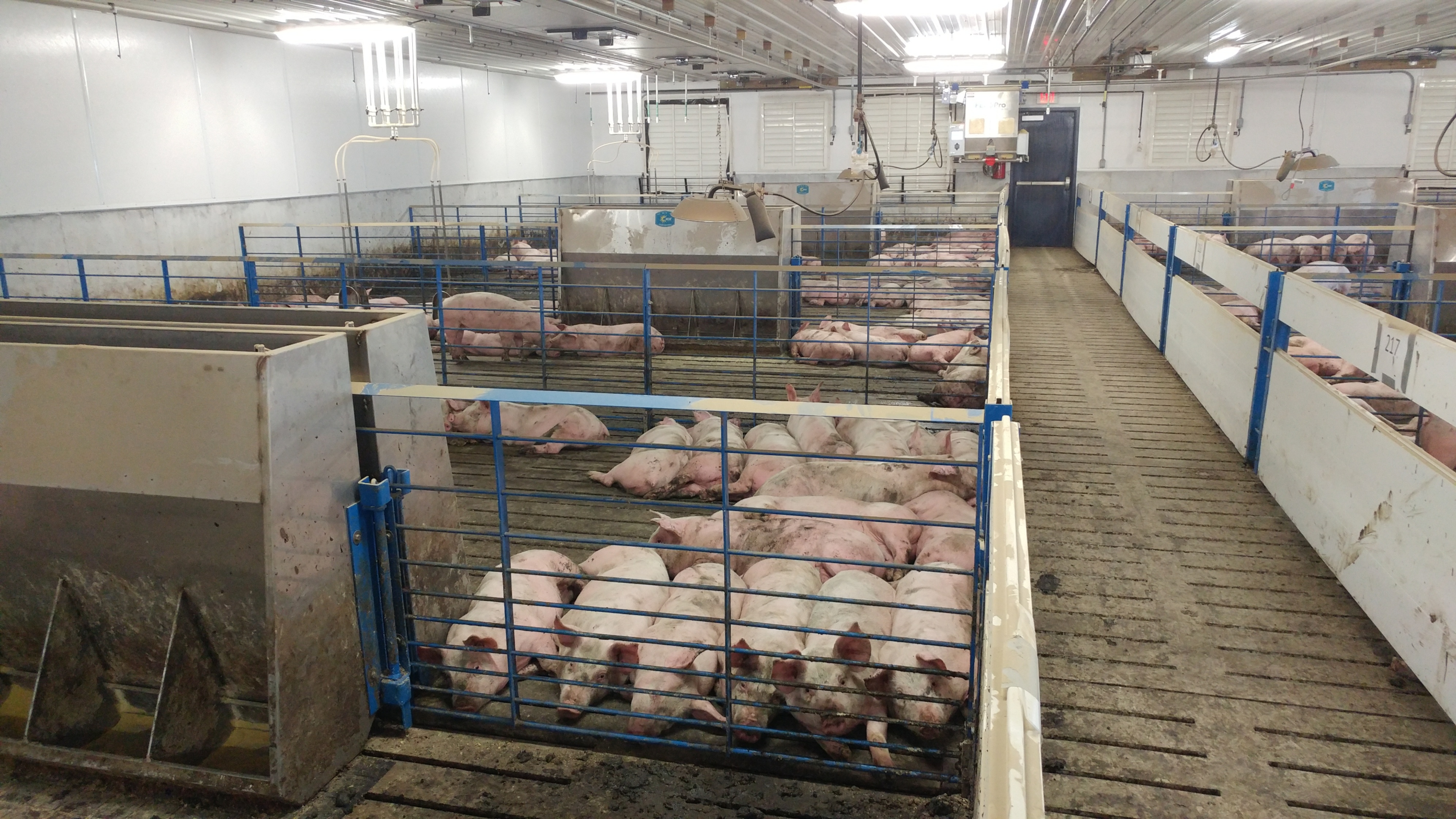
Is it Time to Reconsider Trace Mineral Levels in Pig Diets?
Growing pigs require trace minerals such as copper, iron, manganese and zinc for various biochemical functions, including cellular development and energy metabolism, which lead to optimal health and immunity.
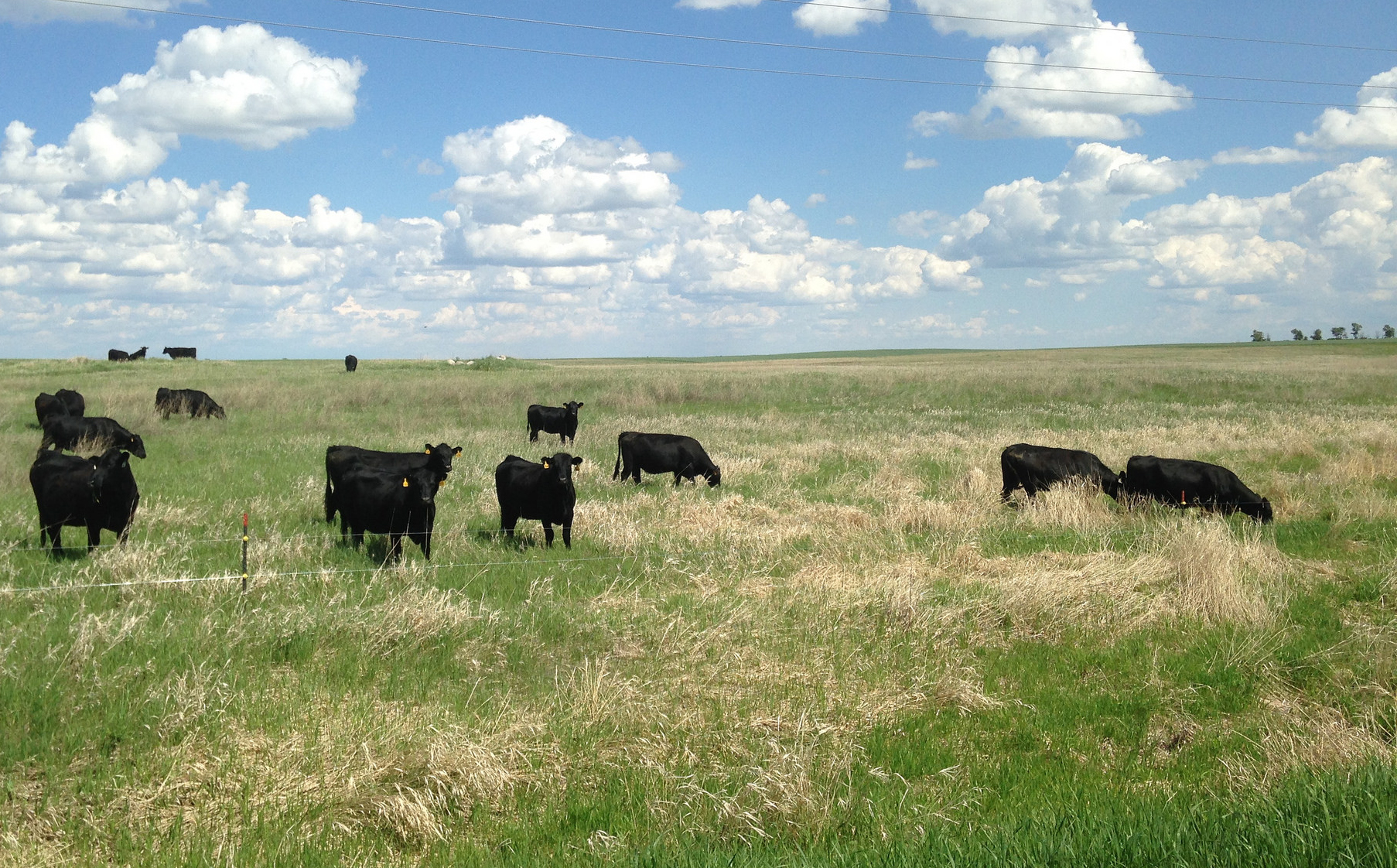
South Dakota Grazing Management Practices: Current & Future
Grazing land occupies 54% of rural land and accounts for a key portion of land use in South Dakota. Many grassland problems can be avoided by using efficient grazing management practices.

The State of Local News in South Dakota: Challenges, Innovation, and Opportunities
Years of research across various academic fields have extolled the importance of local newspapers and highlighted the positive impacts they have. Yet, local newspapers are in decline in many towns across the US.

South Dakota 4-H Awards 2021 Scholarships
July 28, 2021
South Dakota State University (SDSU) Extension and South Dakota 4-H are proud to announce the 2021 State 4-H Scholarship recipients.

Pig Barn Turnover Rates: Challenges & Costs
Employee turnover is inevitable, but how managers respond to it and learn from it determines the resiliency of a pig barn’s future and the level of productivity that is achieved.